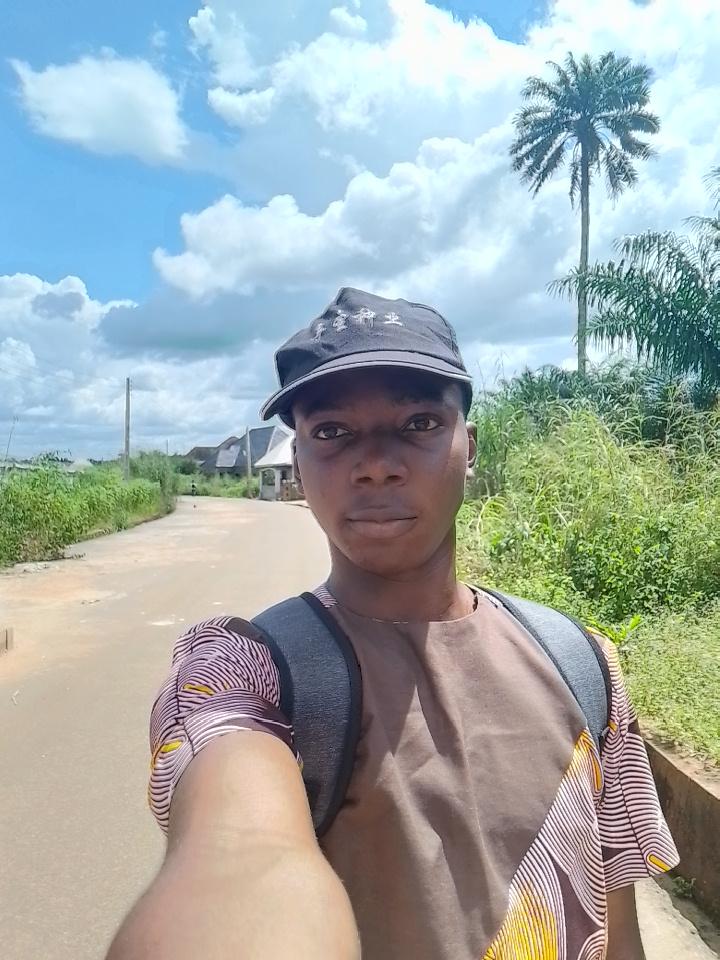Sponsored Advertisements
THE DOGO TRIBE AND THEIR MYSTERIOUS KNOWLEDGE OF THE STARS: The Cosmic Mystery Of Mali.
Leave a Reply
New Discussions
-
konnect cash out Every 25th of a new month

Konnect Official
27 mins ago99 -
Earn in Dollars

King
41 mins ago00 -
The most expensive thing in this picture is not even the car.. oh God 💔

Mich Elle
41 mins ago00 -
My mind cut, cause I think say na me dem dey find 😂

Mich Elle
47 mins ago00 -
I trust in you, Lord.

Mich Elle
49 mins ago00













Michael
11 days agoThe Dogon Tribe and Their Mysterious Knowledge of the Stars: The Cosmic Mystery of Mali
In the arid cliffs of Bandiagara Plateau in Mali, lives one of Africa’s most mysterious peoples — the Dogon tribe.
For centuries, the Dogon have fascinated scientists, anthropologists, and astronomers alike for their ancient knowledge of the cosmos, especially their precise understanding of the Sirius star system — knowledge that seems impossible without modern telescopes.
Who Are the Dogon?
The Dogon are an ancient West African ethnic group known for their rich culture, mask dances, and intricate mythology.
Their villages cling to rocky cliffs, and their traditions have been preserved for hundreds, if not thousands, of years — passed down orally through generations of priests and astronomers.
The Sirius Mystery
The Dogon believe that the bright star Sirius (Sigui tolo) has an invisible companion star called Po tolo.
According to their ancient legends:
Po tolo is very small but extremely heavy.
It orbits Sirius once every 50 years.
It is the source of all life in the universe.
Modern science later confirmed that Sirius indeed has a white dwarf companion, Sirius B, which is invisible to the naked eye and has an orbital period of about 50.1 years — exactly as the Dogon described, long before telescopes could observe it.
Ancient Knowledge or Alien Contact?
This uncanny accuracy has led to many theories:
Some scholars suggest the Dogon might have obtained this knowledge from ancient Egyptian astronomers, through migration or cultural contact.
Others propose that their knowledge came from extraterrestrial beings, which the Dogon call the Nommo — amphibious celestial visitors who descended from the sky and taught humanity science, agriculture, and spirituality.
However, skeptics argue that modern anthropologists may have misinterpreted or influenced the Dogon stories.
Spiritual and Cultural Significance
For the Dogon, the stars are not just physical bodies; they are living beings connected to human destiny.
Their Sigui ceremony, held every 60 years, celebrates the renewal of life and the rebirth of the universe — timed according to Sirius’ cycle.
Their spiritual system blends astronomy, religion, and cosmology into a unified worldview, revealing a profound understanding of both the visible and invisible worlds.
Significance
The Dogon mystery remains one of Africa’s most intriguing cosmic enigmas — a reminder that ancient African civilizations possessed deep scientific insight and a spiritual connection to the universe that modern minds are only beginning to appreciate.
Thanks